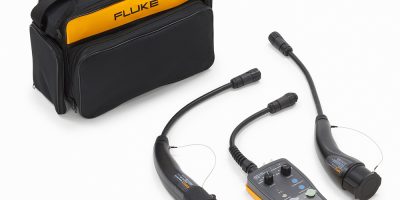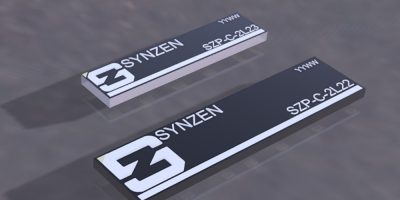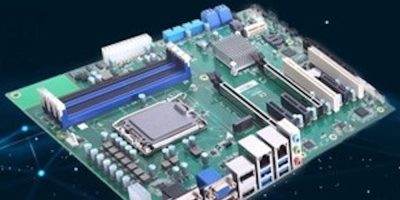For the installation and maintenance of EV charging stations, the FEV300 electric vehicle charging station adapter from Fluke is designed to simulate an EV for AC charging Mode 3 with connector types 1 and 2.
The adapter is designed to simulate an EV attached to the EV charging station and allows for the output voltage of an AC charging station Mode 3 to be safely and accurately tested in accordance with IEC/HD 60364-7-722 and IEC/EN 61851-1.
EV charging stations are critical to reducing the charging time for vehicles, said Fluke. A typical, compact vehicle can take between 24 and 36 hours to charge from a domestic mains supply. An EV charging station provides one or three phase supply with a mains voltage at 230 or 400V, charging EVs much faster.
For safety, communication between the charging station and the connected EV must occur before an output voltage is delivered. The FEV300 adapter can be used in the installation and mandatory routine testing of Mode 3 EV charging stations which provide accelerated charging of 3.7 to 22kW.
Testing of EV charging stations must be performed at regular intervals. There are local safety regulations, international and European standards, including the IEC / HD 60364-6, IEC / HD 60364-7-722 and IEC / EN 61851-1, to which installation and testing must adhere. Both the safety and communication functions of an EV charging station must be accurately tested to ensure the safety and efficiency of the electric system for safe use. The tests required include continuity of conductors, insulation resistance, automatic disconnection of supply (loop impedance, RCD or RDC / DD test) and functional tests. These can all be performed using a multi-function installation tester such as the Fluke 1663 or Fluke 1664FC.
The FEV300 adapter can also be paired with Fluke’s range of multimeters or scope meters for investigative troubleshooting.
The FEV300 adapter includes safety features such as a touch electrode function which quickly displays if there is a high-risk earth fault and improved safety sockets which are covered by plastic lids to protect the connectors in wet weather conditions.
Fluke provides training programmes for the testing and installation of EV charging stations in Germany.







